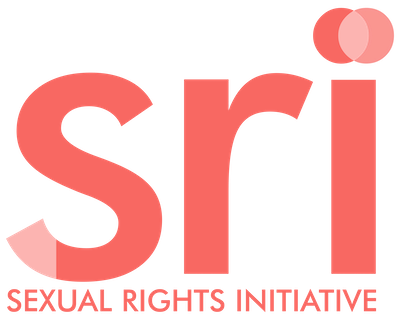Session
National Report
Para 9) Both indirect and intersectional forms of discrimination are prohibited under Article 15 of the Constitution. In its landmark judgment in Navtej Singh Johar v. Union of India the Supreme Court of India rejected the formalistic narrow interpretation of Article 15 and held that “a narrow view of Article 15 strips the prohibition on discrimination of its essential content. This fails to take into account the intersectional nature of sex discrimination, which cannot be said to operate in isolation of other identities, especially from the social-political and economic context.” The decision has been referred by courts in several foreign jurisdictions.
Para 78) India continues its efforts towards effective implementation of the Integrated Child Development Scheme (ICDS or Anganwadi Services) and the Mid-Day-Meal scheme in schools. Despite the shutdown of schools due to Covid-19 pandemic, the Government strived to provide either hot cooked meals or food security allowances to eligible children to meet their nutritional requirements during the outbreak. Throughout the pandemic, Take Home Ration was distributed by Anganwadi workers for 0-3 years old children, 3-6 years old malnourished children, and pregnant and nursing mothers.
Para 82) To address the Covid 19 pandemic induced reverse migration of the urban poor, the Government launched the Affordable Rental Housing Complex (AHRC) sub-scheme under PMAY-U to provide affordable rental housing to urban migrants and poor, close to their workplace. The AHRC shall give preference to persons belonging to SCs, STs, Other Backward Classes, widows and working women, PwDs and minorities.
Para 87) National Social Assistance Programme continues to provide assistance to eligible persons/families in the form of old age pension, widow pension, disability pension, etc.
Para 97) India attaches highest priority to ensuring safety and security of women and is committed to eliminate all forms of discrimination against women and to ensure their holistic empowerment.
Para 103) … The Muslim Women (Protection of Rights on Marriage) Act, 2019 made the pronouncement of triple talaq by Muslim husbands a cognizable offence compoundable at the instance of the married Muslim woman upon whom talaq is pronounced.
Para 113) NEP 2020 aims at removing biases and stereotypes in school curriculum; and books published by National Council of Education Research and Training promote gender sensitivity at schools. Academies for training administrative, police and judicial officers embody gender sensitisation in their induction and in service training programmes. The Supreme Court of India has also emphasised the need for gender sensitization in the law school undergraduate courses, and in the syllabus for Bar-exam and judicial services exam.
State under Review
National Report
Stakeholder Summary
Para 122) AI stated that discrimination and violence against women and girls were pervasive. Stigma and discrimination from police officials deterred women from reporting gender-based violence.
Para 123) JS19 stated that a significant proportion of Scheduled Castes and Scheduled Tribes women consistently faced verbal abuse, physical assault, sexual harassment and assault, domestic violence and rape, sexual exploitation, forced prostitution, kidnapping and abduction, forced incarceration and medical negligence.
Stakeholder Summary
UN Compilation
UN Compilation
Para 45) The United Nations country team noted that, according to ILO, 89 per cent of employed women were in informal jobs, while the national average for men and women was 88.6 per cent. Women workers had limited access to employer-based maternity benefits.
Para 56) The United Nations country team stated that, despite extensive food safety-net programmes, acute malnutrition challenges persisted. Owing to a lack of awareness and to social norms, women and girls often ate last and least; food insecurity among women and poor and vulnerable children could reverse recent progress in reducing malnutrition.
Para 59) The Special Rapporteur on water and sanitation stated that, while a large part of the population in India enjoyed access to water and sanitation, certain groups in vulnerable situations were still being left behind, either due to lack of access to services or to the lower level of the services to which they had access. Those groups included … lesbian, gay, bisexual, transgender and intersex persons, women in sex work,
